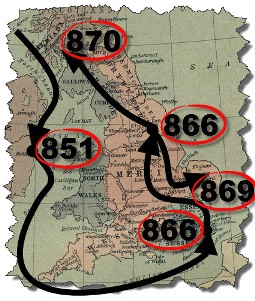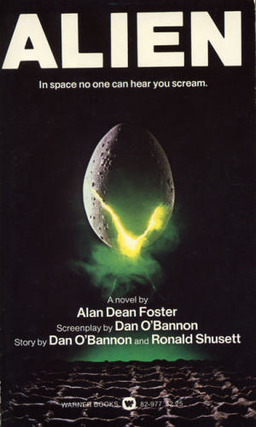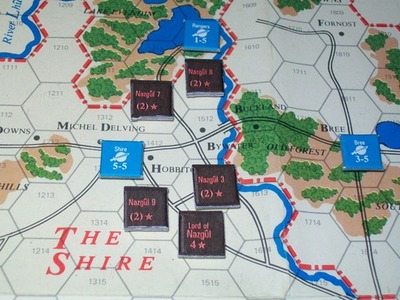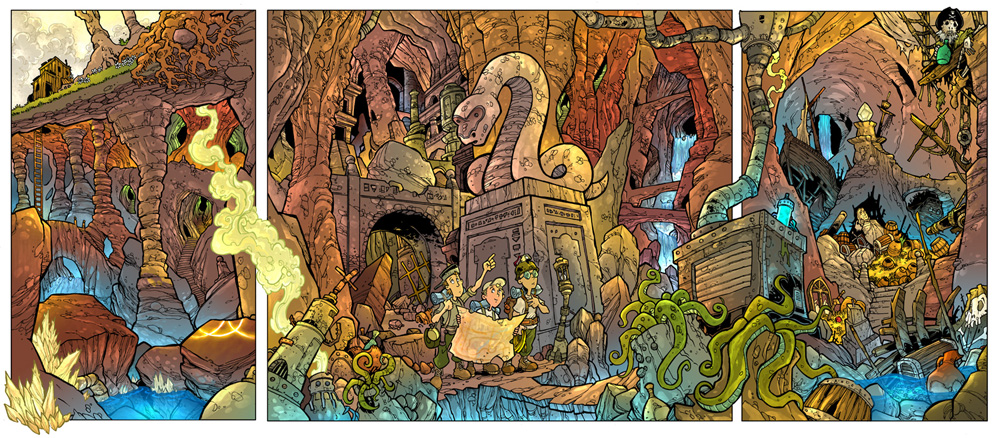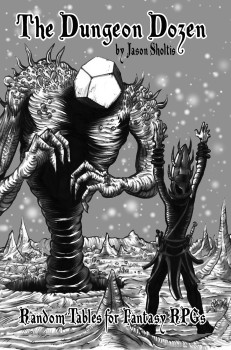The Mind and Soul of an Honest Creator: Paul Di Filippo on Robert Moore Williams
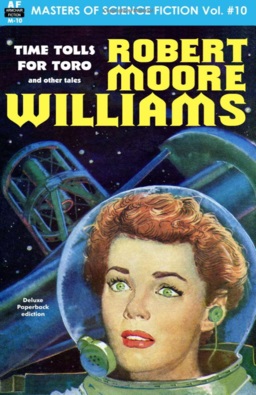 Over at Locus Online, author Paul Di Filippo reviews the latest in the Masters of Science Fiction line from Armchair Fiction, Time Tolls For Toro and Other Stories by Robert Moore Williams, which collects a nice assortment of pulp fiction from Super Science Stories, Amazing Stories, Fantastic Universe, Planet Stories, and Imaginative Tales from 1950 – 1959.
Over at Locus Online, author Paul Di Filippo reviews the latest in the Masters of Science Fiction line from Armchair Fiction, Time Tolls For Toro and Other Stories by Robert Moore Williams, which collects a nice assortment of pulp fiction from Super Science Stories, Amazing Stories, Fantastic Universe, Planet Stories, and Imaginative Tales from 1950 – 1959.
Like a combination of Asimov’s robot stories and Simak’s robot stories, “The Soul Makers” (Super Science Stories, 1950) takes us to the far-off year of 1987, in the middle of an atomic war. Humanity’s sentient robots are going AWOL, and the two men sent to discover the reason uncover more than they anticipated. Williams extracts a fair measure of pathos from the noble actions of the robots, and the inevitable doom and rebirth of humanity… “The Diamond Images” (Fantastic Universe, 1959) is one of those “Old Venus” tales so common in the consensus future history of this era. A butterfly collector named Wolder has made friends with the seemingly unsophisticated Venusians after eight years among them. But then his son arrives, unwittingly leading pirates to the treasure of the natives…
There’s an almost Ballardian feel to the opening of “To the End of Time” (Super Science Stories, 1950). A Venusian song, brought back to Earth, is literally driving people insane. Into the jungle wastelands of Venus, our psychologist hero Thorndyke sets out to find a cure, encountering a strange race of Venusians and the human missionary and his beautiful daughter who minister to them…
Reading this volume is no chore or dull swotting up of past history for academic purposes. The stories, however creaky at times, remain very entertaining and illustrative of the mind and soul of one honest creator, doing the best he could to enrich the soil of the genre.
Read the complete article here. We covered the launch of Armchair Fiction back in January 2012 and Paul’s review of Masters of Science Fiction Vol. #8, Milton Lesser’s A is for Android, last May.
Masters of Science Fiction, Volume Ten: Time Tolls For Toro and Other Stories by Robert Moore Williams was published by Armchair Fiction on January 22, 2014. It is 320 pages, priced at $16.95 in trade paperback. There is no digital edition. No word on who did the cover… Emsh, maybe?
